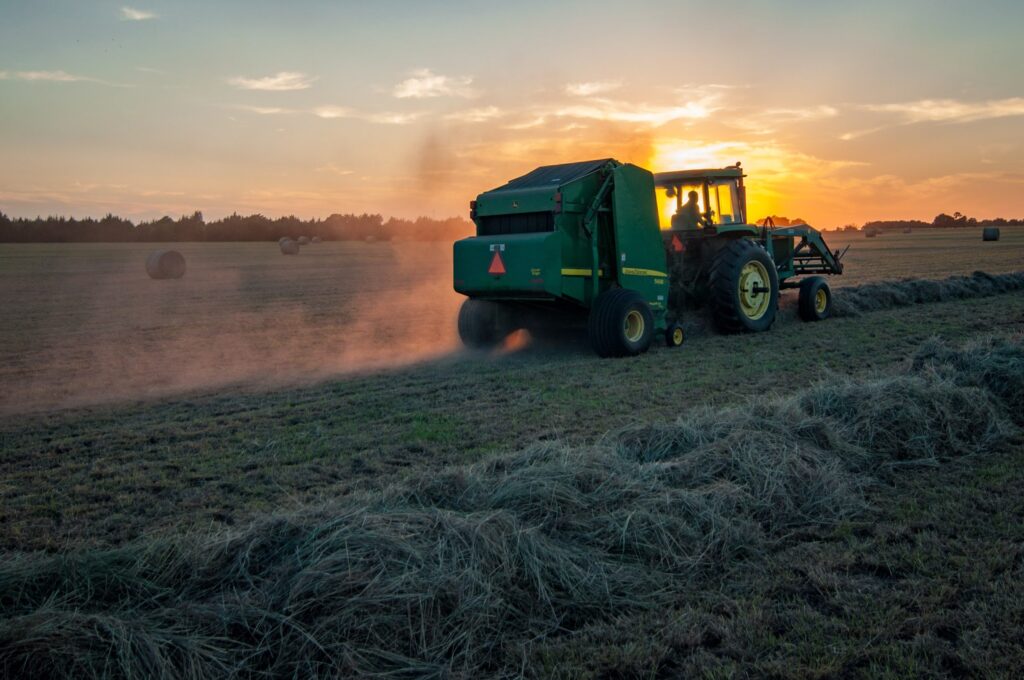Household grocery decision-makers? Easy.
Dog owners? A dime a dozen on a market research survey panels.
Sorghum farmers who have recently purchased a seeding machine costing over $1,500? Hmmm…
Most insights experts regard B2B (business-to-business) audiences as challenging to reach compared to consumer audiences. While those at a manager level may be accessible, the time demands on the executive suite can’t be understated; C-level workers simply aren’t sitting around waiting for the next market research opportunity.
But what about the farmer, who is waking up pre-dawn to kick off a 60+ hour workweek? How do you plan ahead to meet with a business owner whose work is closely tied to the weather and seasonal jobbing? Whether a small hobby farm operation or a multi-location enterprise, farmers often wear a variety of hats encompassing duties from manual labor to sales and negotiation. They must constantly assess the state of their operations and make adjustments to ensure the highest levels of return on their investment. These working professionals may not live in an office, but they face time constraints similar to their executive suite counterparts.
Finding a Needle in a Haystack
For research professionals, agricultural audiences can prove exceptionally difficult to source. According to USDA figures, agriculture and its related industries provide only 10.9% of U.S. employment. This already low incidence rate is further divided as research programs seek to identify and study specific sub-segments of the agriculture industry – those who cultivate particular crops or livestock, manage exact farm acreage or are buyers of specific types or brands of equipment.
Significant time constraints among an already low incidence audience leave most data collection agencies scrambling to fulfill research requests among this niche population. Most providers offer limited targeting and rely on several go-betweens to achieve even small sample quotas. “Best efforts” is a common response to quote requests among this audience. But “best efforts” is not a comforting thought when business decisions need to be made based on research outcomes. When spending several hundred thousand dollars on one advertising campaign alone or considering a shift in the R&D process of a product, businesses want to know the audience they were targeting is indeed the audience who provided survey feedback.
Additionally, poor quality data is a frequent and unfortunate outcome due to the proliferation of fraud and limited sample availability. This affects all industries but can be excessively compounded when it occurs within a niche demographic. Suppose one household decision-maker of 1,000 is fraudulent. In that case, the data may be useable, but when scaling down to one farmer out of 100, the incidence of fraud will have a more significant impact on useability.
Bearing Fruit in Field
While reaching high-quality agricultural audiences may be difficult, it is not impossible with the right partner. How can this audience be found? Experienced agricultural respondent recruiters know these four best practices can seriously increase the quality of research outcomes:
- Meet them where they are
It is important to remain flexible on the methodology to access ag audiences. Mixed-mode, combining online and telephone interviewing, is helpful to expand the available participant pool. Online survey design should take mobile-friendliness into account to reach as broad an audience as possible. Much like high-level business executives, farmers aren’t sitting by the computer waiting for the next survey opportunity. - A specialized engagement strategy
An experienced data collection provider understands what it takes to motivate this audience. This best practice includes these additional considerations:- The right cadence and method of invitations
From email to SMS, an experienced provider understands the best avenues to share research opportunities - An awareness of busy farming seasons
A survey during busy seasons, such as the annual harvest, will likely struggle to complete as the farmer focuses on other responsibilities - The appropriate incentives and engagement initiatives
It is common to connect with farmers through a “gatekeeper.” In traditional B2B research, a gatekeeper may be an administrative assistant; in agricultural market research, this may be a wife or family member who lets the farmer know a study opportunity is available
- The right cadence and method of invitations
- Experience with the industry
A reliable and trustworthy partner can provide feedback on survey design, logistics, and feasibility to garner accurate responses and reduce the drop rate. - Community access
Partners specializing in this difficult-to-reach audience may maintain a proprietary community of market research participants, supporting greater access and feasibility along with in-depth profiling.
The Cost of Quality
Businesses rely on market research to inform strategy. For organizations to succeed, the research outcomes must prove accurate, timely, and reliable and deliver true business impact. As the saying goes, high quality isn’t cheap, and cheap isn’t high quality. Farmers are not a consumer audience, and insights experts should be wary of any partner who claims they can access them as such. These participants are highly skilled experts with significant investments – both in equipment levels and work hours – in their business. Ensure survey opportunities reflect a level of respect for their time and business acumen, and you’ll be well on the path to a successful research program.
Ready to connect with an ag audience? Our base-level service package includes in-depth discussions with four farmers to gain feedback from your target customer. From focus groups to large-scale business consulting, survey design, and targeted recruiting, we offer comprehensive and customizable packages to meet a variety of research outcomes. Contact our team to learn more.



